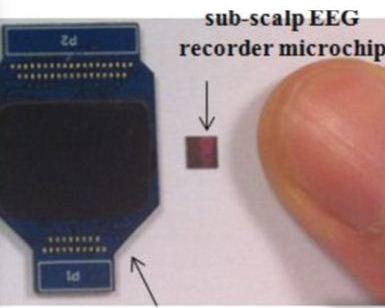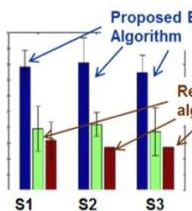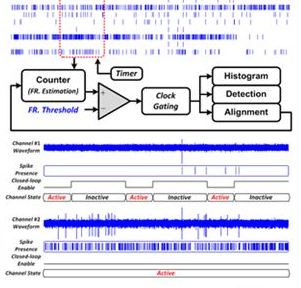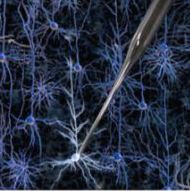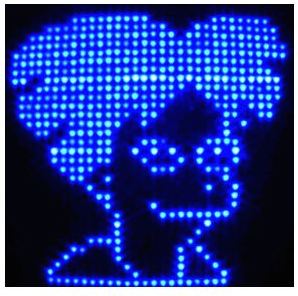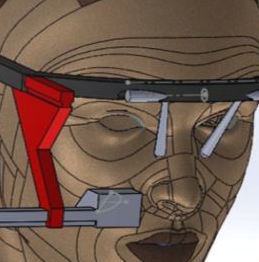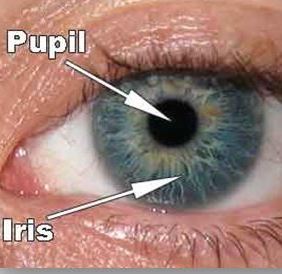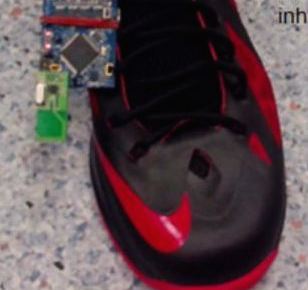A Minimally Invasive Implant for Diagnosis and Treatment in Refractory Epilepsy
There is a growing demand for chronic, wireless neurosensor interface with on-the-fly processing capabilities. Such neurosensor interface is designed with low-power, low-noise operation, thus meeting the urgent clinical needs of providing long-term, neurological health monitoring for patients suffering from conditions such as epilepsy, Alzheimer's disease, and sleep apnea. In collaboration with Boston research groups, we have a wireless recorder designed and validated through bench-top experiments, animal experiments, and scalp EEG recordings.
What we have achieved an implantable chip capable of recording both regular EEG and high-frequency oscillations
- Adjustable bandwidth between 0.1-100Hz and 0.1-800Hz
- Low input referred noise at 0.46µV for 0.1-100Hz and 0.98µV for 0.1-800Hz
- High precision data acquisition up to 15 bits
- Low power consumption under 35µA per channel
- Wireless power link to deliver 1-10mW power
- LSK data link with 1Mb/s data rate
- Customized wireless transceiver board that can relay EEG data over 10 meters.
Advanced Microelectronics System for Neural Prosthesis and Organ Centric Disease Treatment
Neurotechnologies that allow precise interactions with large-scale neural networks or peripheral nerves are ongoing pursuits of the neural engineering/neuroscience community and industry companies. High-density recording is pushed by the BRAIN Initiative, which is to 10,000 times increase the number of neurons simultaneously recorded in the next 15 years. This is towards a better understanding of the brain. Neural interface that can selectively record and stimulate peripheral nerves are pushed by healthcare companies and major funding agencies, as an alternative mechanism that outperforms drugs in some disease treatment.
What we have achieved:
- Closed-loop technology achieves simultaneous neural recording and stimulation
- A nerve amplifier with 17bit precison, 10µW power consumption, 1µV input referred noise, and 3pF input capacitance
- A neural siganl processing platform enabling "in-implant computing": signal processing inside the implant to reduce data rate
- Neuronix: a revolutionary interface for high density recording and stimulation
- A 1024-ch optical stimulator for high density, high precision neuromodulation.
Wearable Electronics and System in Healthcare and Lifestyle Applications
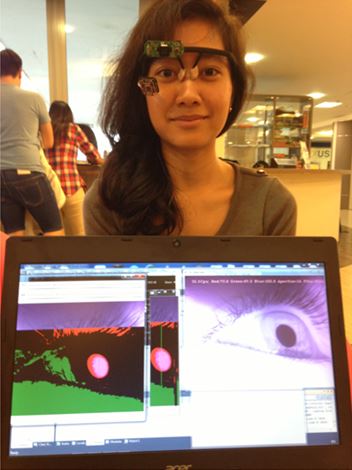
Wearable electronics has a 30+ year's history, which share the vision of interweaving technology into the everyday life. Due to technology advancement and constant human needs for better quality of life, the market of wearable electronics is booming especially in healthcare and life style applications. In 2014, there are 90 million wearables reaching customers including smart watches, wearable 3D motion trackers, sport/activity trackers, smart glasses, smart clothing, and wearable cameras. Along this direction, our group has developed multiple prototypes in collaboration with medical doctors and computer scientists, building tools for disease diagnosis and treatment. Some of our prototypes are in pilot clinical trials with positive feedbacks from both clinicians and patients.
What we are working on:
- A portable real-time infrared lids, iris and blink (PRILIB) monitoring system for diagnosis of ocular myasthenia gravis
- A portable, light-weight pupil tracker to evaluate drowsiness and fatigue
- A self-calibrated system to measure intraocular pressure for glaucoma
- A smart insole for continuous foot pressure monitoring and motion tracking.
